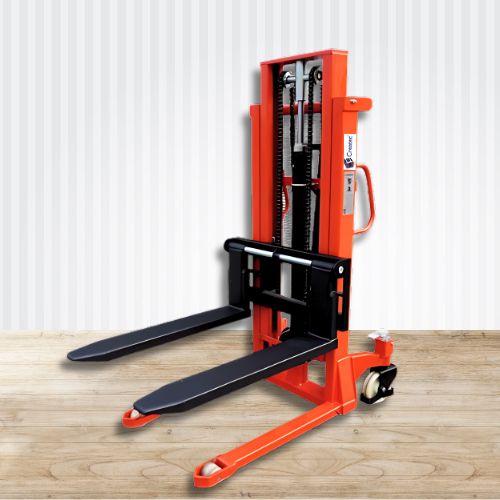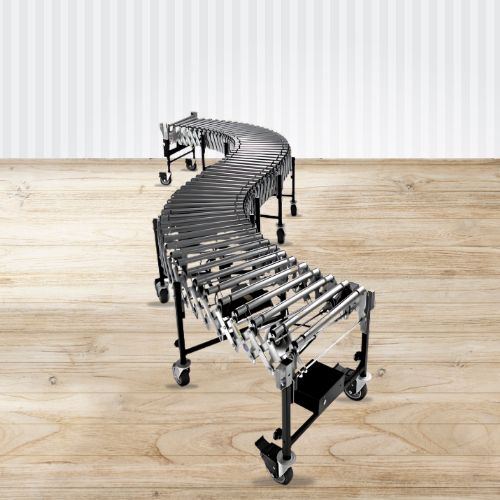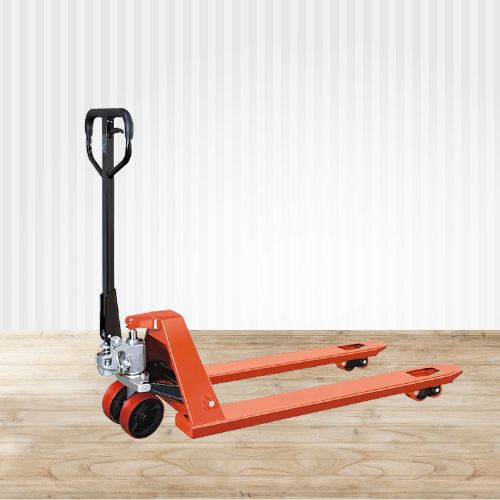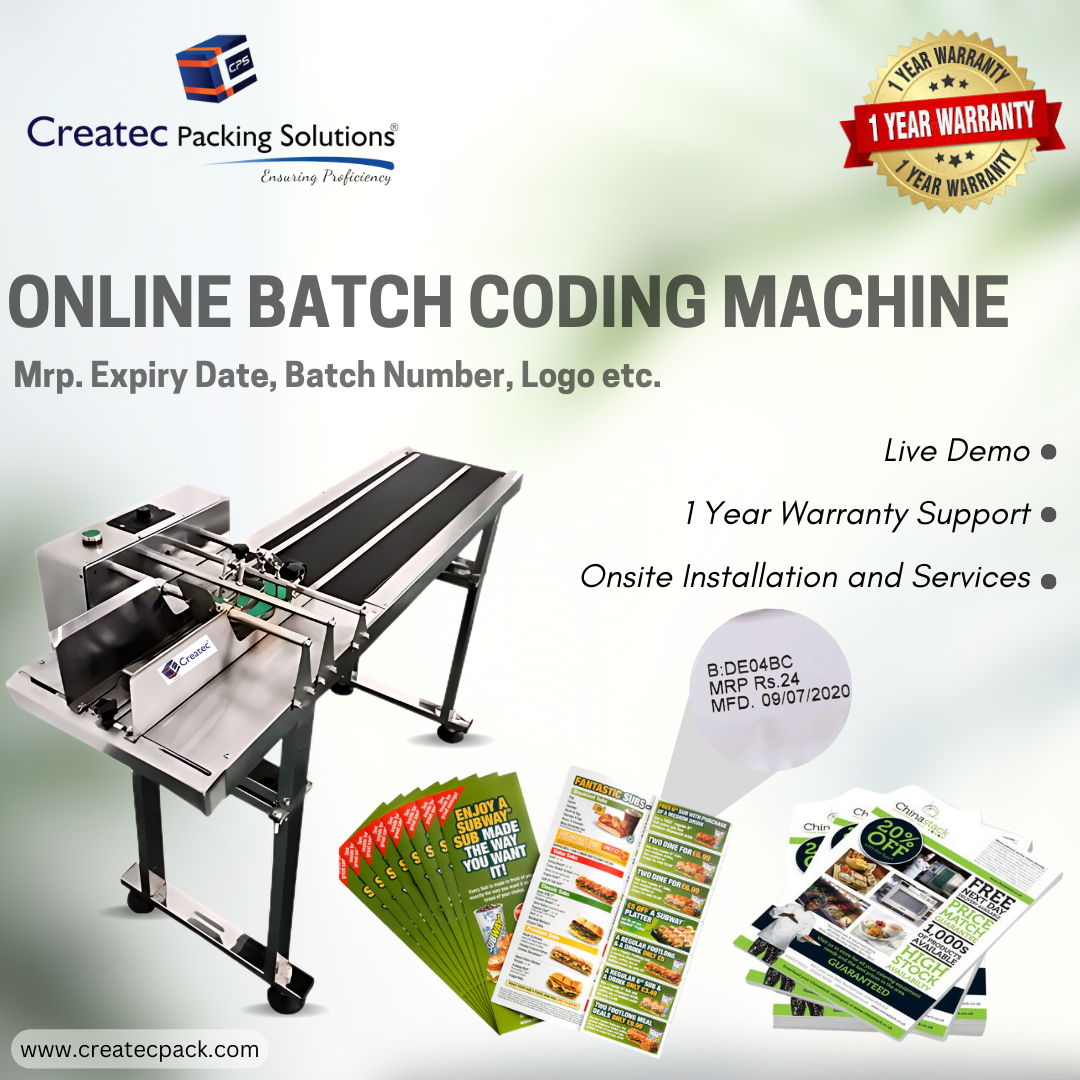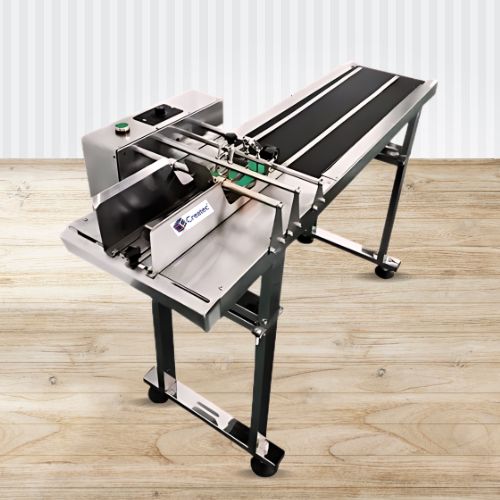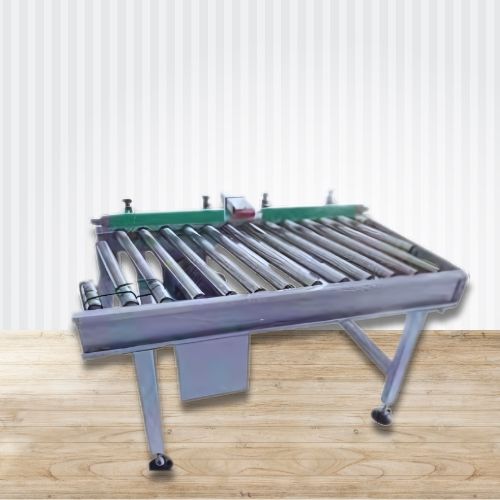Hydraulic Hand Stacker
| Model Number | Cp-HS2.0 | CP-HS2.0 (LH3.5) |
|
Capacity (kg) |
2000 Kg |
2000 Kg |
|
Max Lifting Height (mm) |
1600 |
3500 |
|
Lowered height Of Forks (mm) |
85 |
85 |
|
Fork Length (mm) |
900/1150 |
900/1150 |
|
Adjustable Width of Fork (mm) |
270-680 |
270-680 |
|
Lift Speeding (mm/Stroke) |
14 |
14 |
|
Lowering Speed (mm/Stroke) |
Controllable |
Controllable |
|
Outer Width of Front legs (mm) |
750 |
750 |
|
Self Weight (kg) |
180 Kg |
300 Kg |
Product Description
A hydraulic hand stacker is a manual piece of equipment used for lifting, stacking, and transporting pallets and heavy loads. It operates using a hydraulic system, allowing users to lift loads to higher elevations than a standard pallet jack. Here’s an overview:
Key Features:
- Hydraulic Lift System: Uses hydraulic fluid to lift and lower the forks. The lifting mechanism is activated by a handle or foot pedal.
- Forks: Similar to those on a pallet jack, these are used to lift and support pallets. The forks can typically be adjusted to fit different pallet sizes.
- Mast: A vertical support that guides the forks up and down. The height of the mast determines how high the stacker can lift.
- Handle: Used for steering and operating the hydraulic lift. Some models may have a handle that also controls the lifting mechanism.
- Wheels: Designed for stability and ease of movement. There are usually load wheels under the forks and steering wheels at the base.
- Capacity: Varies by model, typically ranging from 1,000 to 4,000 pounds (450 to 1,800 kilograms).
Common Uses:
- Warehousing: Lifting and stacking pallets on shelving units or mezzanines.
- Manufacturing: Handling materials and products within production facilities.
- Retail: Stocking high shelves and organizing inventory in backrooms.
- Logistics: Loading and unloading trucks and moving goods in distribution centers.
- Storage Facilities: Managing and organizing inventory in storage units.
Benefits:
- Increased Lift Height: Can lift loads to greater heights than standard pallet jacks, making them suitable for stacking.
- Cost-Effective: Less expensive than powered forklifts while still providing significant lifting capabilities.
- Ease of Use: Simple to operate with minimal training required.
- Versatility: Can be used in various settings and for different types of loads.
- Compact Design: Smaller footprint compared to forklifts, making them suitable for tight spaces.
Maintenance Tips:
- Regular Inspection: Check for wear and tear, especially on the wheels, forks, and hydraulic system.
- Hydraulic Fluid: Ensure the hydraulic fluid is at the correct level and is clean. Replace or top up as necessary.
- Lubrication: Keep moving parts well-lubricated to ensure smooth operation.
- Cleanliness: Keep the stacker clean to prevent debris from interfering with the wheels and hydraulic system.
- Proper Storage: Store in a dry place to avoid rust and other damage.
Hydraulic hand stackers are valuable tools in many industries, providing an efficient and cost-effective solution for lifting and stacking heavy loads.


